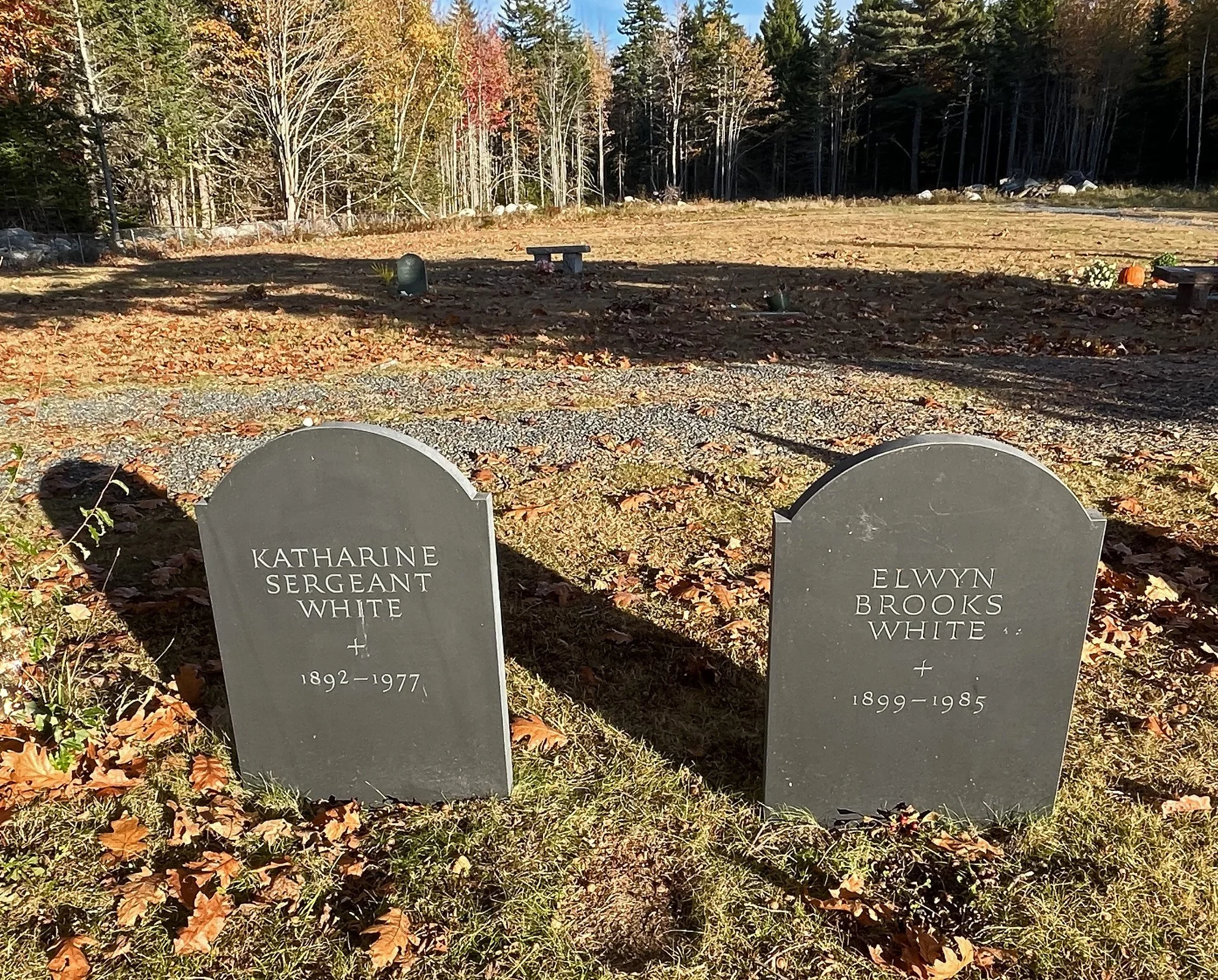Here’s an October view of that timbered mound known as Blue Hill across the Bay named after it. As many of you know, this is one of the local scenes that we monitor in all seasons for our record.
If that mound were 60 feet higher than it’s 940 feet, it would have been named Blue Mountain in 1788, when it and the Town there were named Blue Hill. At that time, mountains needed to be at least 1000 feet high for cartographic recognition. (The mountain-sizing criteria have been loosened.) In some sunlight, especially with a haze, the Hill can take on a blue cast.
(Image taken in Blue Hill, Maine, on October 18, 2024.)
































































